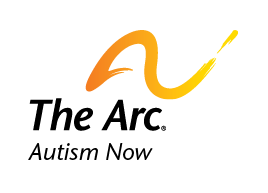The frequency of selective eating and nutritional deficiency was studied among 22 children with autism and an age matched typically developing control group.
This study examined the nature of television, video game, and social media use in children (ages 8–18) with autism spectrum disorders compared to typically developing siblings, and relative to other activities.
To investigate the health care experiences of children with autism spectrum disorder, whether they have unmet needs, and if so, what types, and problems they encounter accessing needed care.
This exploratory study aimed to address two questions: (1) What does touch mean between parents and their children with autism on completion of a massage intervention? (2) Do parents feel that their relationship with their children has changed on completion of a massage intervention?
Our study suggests that the Internet allows stressed parents of children with autism to forge ties among themselves and extricate themselves from their isolation.
This article reports on a qualitative interview study with 20 parents exploring their experiences, challenges faced, and what has helped them to cope.
This study assessed whether implementing socialization opportunities in the form of lunch clubs based around aspects of the adolescents with ASD’s perseverative interests would promote positive and direct social interaction between the target adolescent and their typically developing peers.
This study used a multiple baseline across participants design to empirically investigate whether paraprofessionals could learn to implement social facilitation procedures based on Pivotal Response Treatment.
Priced Out is a study that focuses on the severe housing affordability problems of people with disabilities.
This webpage offers reports and news releases that contain employment statistics for individuals with disabilities.
